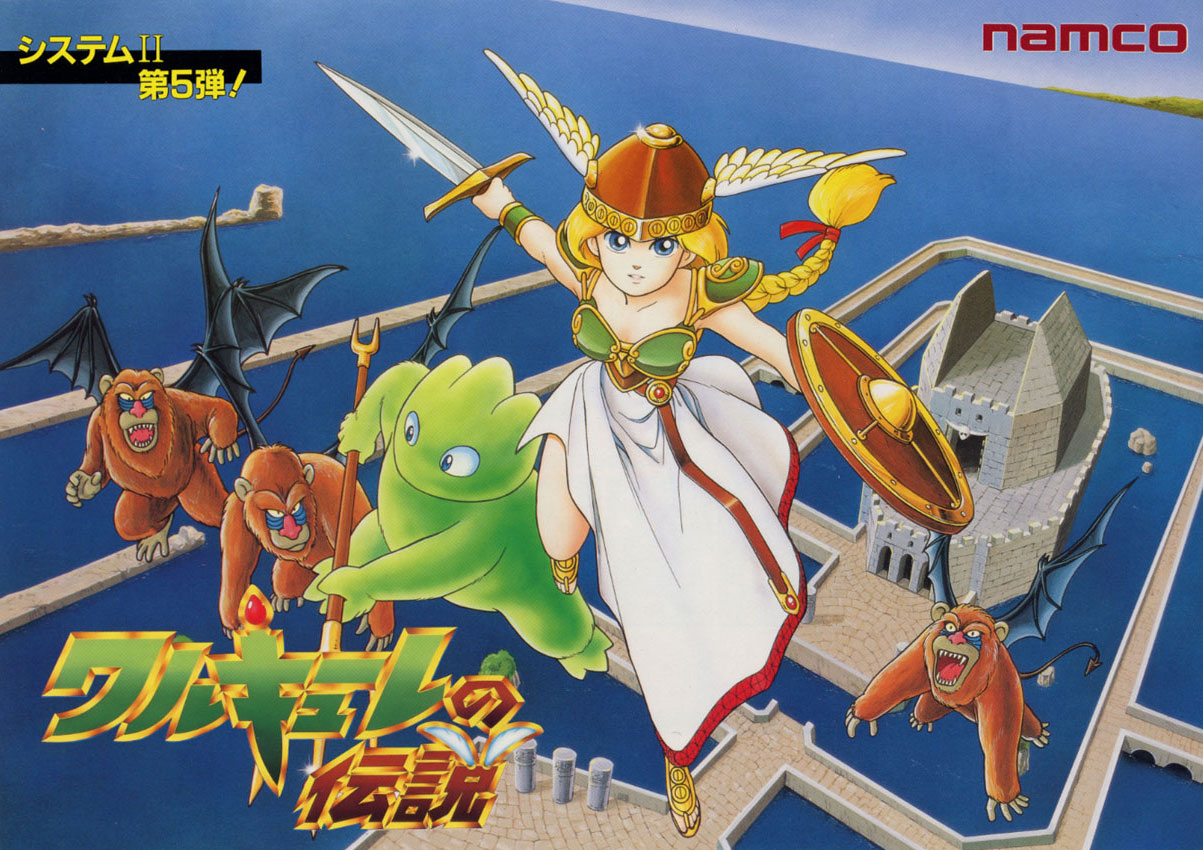With the passing of Masaya Nakamura, founder of Nakamura Amusement Machine Manufacturing Company — better known to everyone as Namco — we’ve lost a man who was a pioneer of the game industry in many ways. When Nakamura bought out Atari Japan’s flagging division back in the 70s (offering far more money than rival Sega), he was spurred to add video game development to the company’s core business of kiddie rides, prize games, and other electromechanical amusements. From there, Namco went on to become one of the Japanese game industry’s arcade powerhouses during the game center boom of the 80s. Their competition with the other heavyweights in the arcade arena at the time — Sega, Taito, and Konami — spurred an incredible era of arcade innovation that helped advance game hardware and game genres to amazing new heights.
But here’s the problem: A lot of people don’t know much about that beyond Pac-Man.
While Namco had a US branch during the 80s, it was mostly a licensing arm until quite late in the decade.1. Games that looked like they’d have strong global appeal were quickly snatched up by the likes of Bally/Midway and Atari, while many others languished as Japanese exclusives, never to be seen outside of the country until MAME and the Namco Museums came about.
As a result, we have plenty of memorials dedicated to Nakamura speaking of him as “The Father of Pac-Man” (a title that really should go to creator Toru Iwatani), treating his legacy as if Pac-Man was the only thing that really mattered. Even without taking into account more modern Namco hits like Tekken, Ridge Racer, and the Tales series, this reductive titling ignores numerous games he helped spearhead into existence that had a tremendous impact on the industry. Sadly, because these games didn’t see much attention in the West, many players don’t know how important they really are. I’ve decided to highlight three very important Namco arcade games here to show just how important Nakamura’s legacy is — there are plenty more examples, but these three titles embody what Namco meant to a generation of Japanese arcadegoers and game creators alike.
- One of my biggest frustrations in studying arcade history is how poorly-documented a lot of dealing between US and Japanese companies during the 80s and early 90s are. Details like when Namco US started to sell their own cabinets are scarce. And furthermore, how did companies like Taito USA decide which games to sell themselves and which to sell out to Romstar?! ARGH ↩

